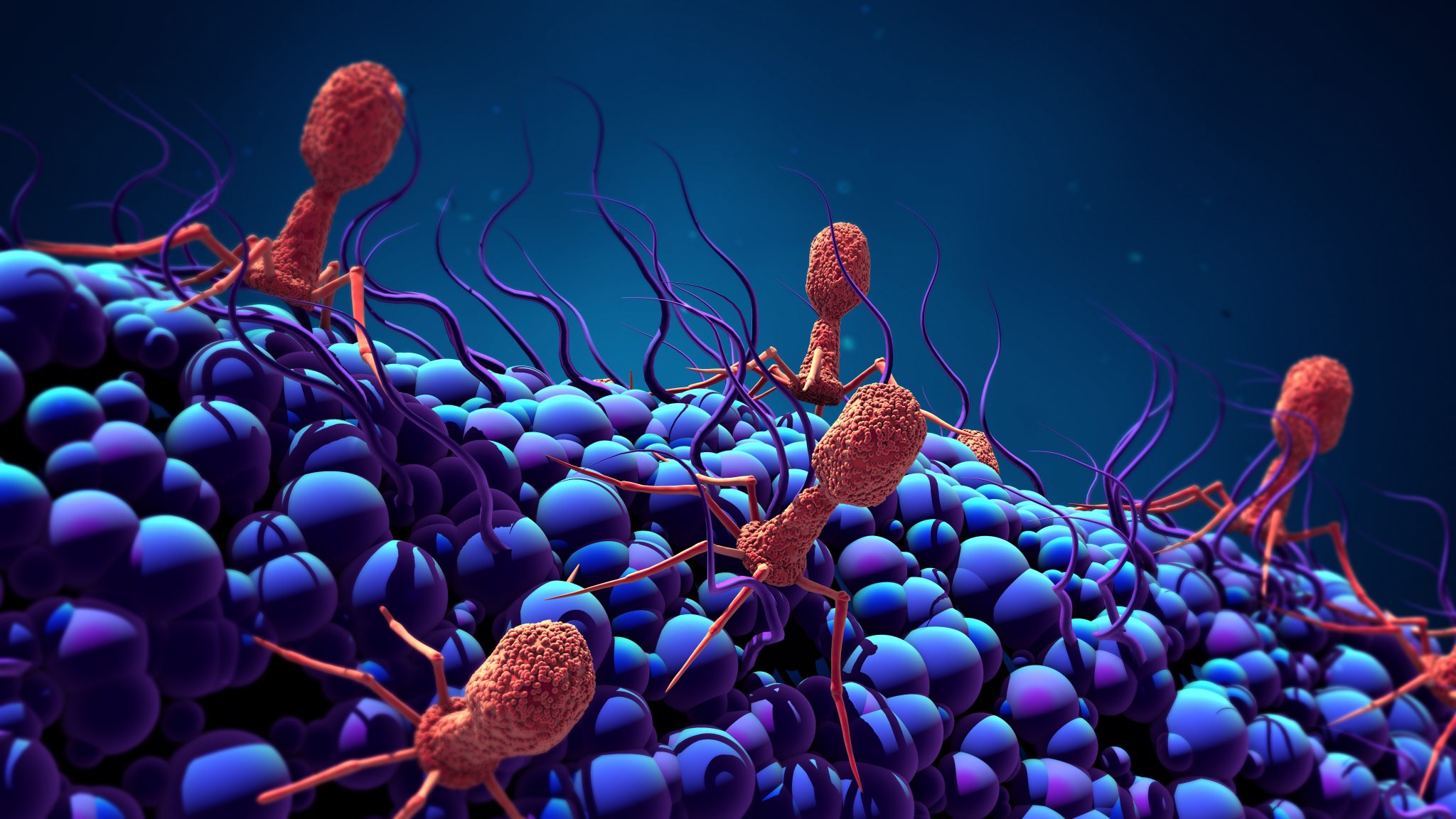
After last week’s meeting Targeting Phage Therapy 2023 where Prof. Edeas talked about the role of phages in microbiota modulation, this new paper (Nature Microbiology) highlights the richness of the virome and bacteriophages in Centenarians.
Johansen et al., from Broad Institute of MIT and Harvard, presented a characterization of the centenarian gut virome using previously published metagenomes from 195 individuals from Japan and Sardinia.
The research team showed that, compared with gut viromes of younger adults (>18 yr) and older individuals (>60 yr), centenarians had a more diverse virome including previously undescribed viral genera, such as viruses associated with Clostridia. A population shift towards higher lytic activity was also observed.
They investigated phage-encoded auxiliary functions that influence bacterial physiology, which revealed an enrichment of genes supporting key steps in sulfate metabolic pathways. Phage and bacterial members of the centenarian microbiome displayed an increased potential for converting methionine to homocysteine, sulfate to sulfide and taurine to sulfide. A greater metabolic output of microbial hydrogen sulfide in centenarians may in turn support mucosal integrity and resistance to pathobionts.
These results reveal the complicated interplay between viruses, bacteria and their human hosts, and sheds light on the mechanisms by which a diverse gut ecosystem can promote health.
Prof. Edeas, chairman of the Targeting Phage Therapy scientific committee, further confirms that phages will be the most strategic factor to modulate and control microbiome homeostasis.
He added: “One unanswered question is what is the exact role of prophages which are located inside bacteria to shape the microbiome? and What are the factors that activate them?”
Stay tuned about Phage Therapy 2024 to keep updated with the latest findings on phage and the microbiota.
